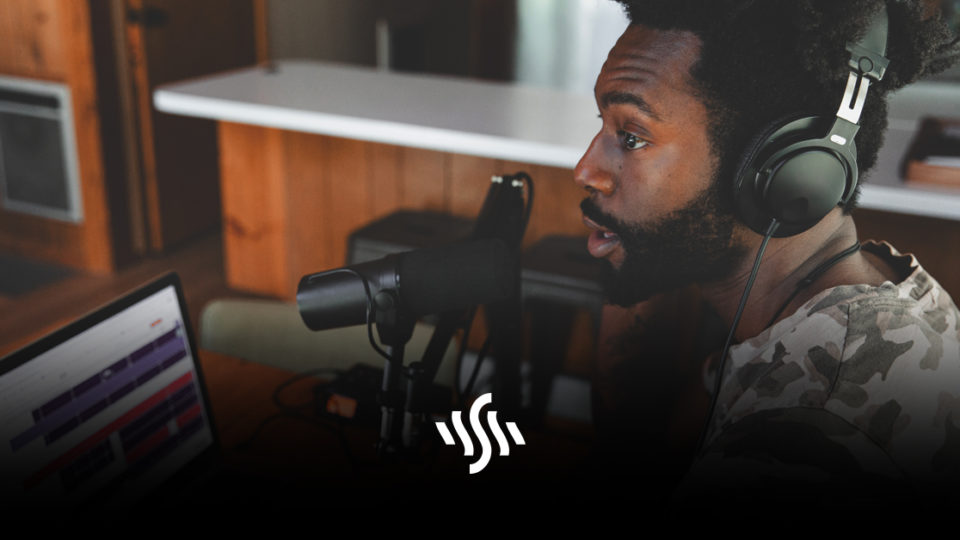Why Sound Effects in Podcasts are Essential
A purely audio-based format, it’s surprising how many people overlook the need for sound effects in podcasts. Here’s why they are vital, and how you can get hold of them!
Sound effects (SFX) are widely used throughout media, in a wide variety of ways. They are snippets of audio that are either recorded organically or synthesised artificilly. Considered somewhat of an art, Foley is the act of recording sounds created naturally in order to create or replicate a sound. For instance, fruit and vegetables are clasically used in Foley for gruesome, gory sounds.
Some SFX are glaringly obvious and do not attempt to sound realistic or subtle. This is common when it comes to comedy, or cheesy radio station effects. On the other hand, some SFX are created with the intention of not being indentifiable by the listener, and strive for realism.
Why Use Sound Effects in Podcasts?
Of course different podcasts will aim to serve different purposes. Comedy podcasts will want to make you laugh and entertain you, whereas an educational podcast will want to engage and inform. Thus, it makes sense that the types of sound effects each podcast uses will differ in order to be appropriate and support the podcast’s overall aim.
Sound effects add colour to an audio production. Without visuals to aid in storytelling or scene setting, SFX step in. They are particularly useful in this sense when it comes to thriller or history podcasts. Sounds are used to engross the listener and immerse them in the podcast’s world, building tension and tightly gripping them. Mysterious footsteps or the eerie rustling of trees in the wind helps set the stage in a listeners mind. Whereas, more comedic and light-hearted productions might opt for a laugh track or sillier sounds to reinforce a joke.
Longer form podcasts may be made up of several segments. Using sound effects is a great way to break up each segment, and are a fantastic tool when it comes to editing a podcast. The food/comedy podcast Off Menu utilises the same SFX of drinks being poured and plates clattering to move into each section. This cleverly creates a sense of familiarity and continuity between episodes, whilst staying relevant to the content.
When you’re picking effects for your podcast, think about the purpose you want them to serve, the genre of the podcast and your audience. Once you’ve figured all this out, it will help to inform your choice of SFX.
Find Sound Effects for Podcasts
Finding the ideal sound effect for your project is super speedy and simple on Synchedin. You can filter SFX based on the category they fall into, and narrow things down using the descriptive tags assigned to each one. How long the effect lasts and whether it work well as a loop is also another handy option.
The license type refers to whether the effect is CCO (creative commons, and free) or royalty free (requiring a paid subscription). To get full access to the catalogue, you can subscribe for just $3.99 per month or $39.99 per year.
A big chunk of our SFX catalogue is CC0, so you can get a bunch of cool effects for free. Sign up today and have a look for yourself!

If you’re working on an intergalactic educational podcast, check out the NASA SFX, for fantastic launching sounds and all things space. Is your focus the history of American presidents? Add a political edge with our impressive collection of presidential speeches. Sound bites from President Roosevelt in 1940, or Joe Biden’s inaugural address, take your pick!
